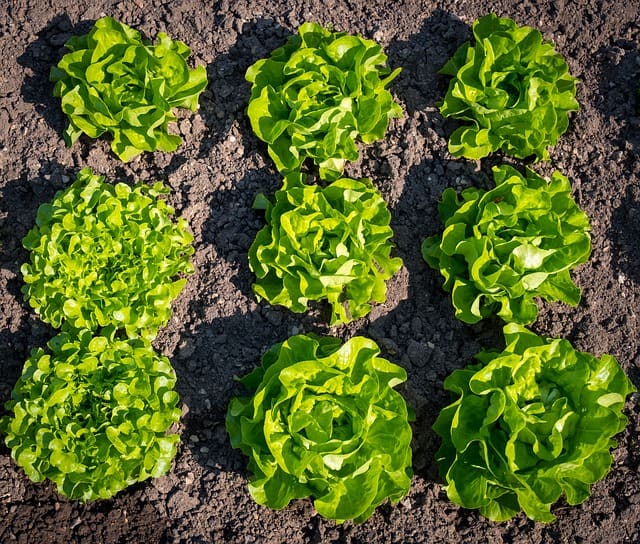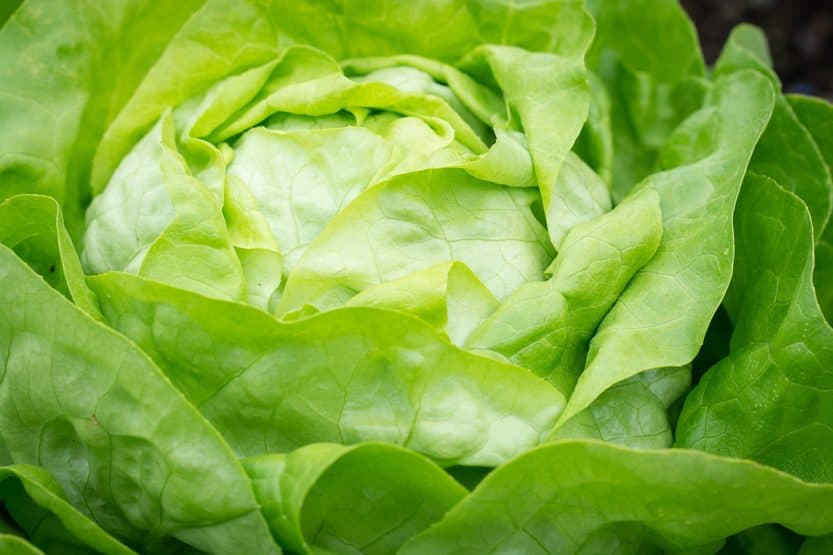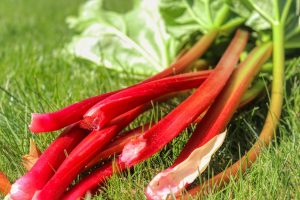In this blog post, we’ll explore the different varieties of lettuce, the signs that indicate it’s time to harvest, techniques for a successful harvest, and tips for storing and using your freshly picked lettuce.
Types of Lettuce

Before we get into the harvesting process, let’s briefly discuss the types of lettuce you might be growing. Each variety has unique characteristics, and some require different harvesting approaches.
Iceberg Lettuce: Known for its crunchy texture, iceberg lettuce forms a tight, spherical head and is often used in salads and sandwiches.
Romaine Lettuce: With its tall, elongated leaves, romaine is known for its robust flavor and is commonly used in Caesar salads.
Butterhead Lettuce: This variety, including Boston and Bibb lettuce, has soft, tender leaves that form a loose head. It’s great for salads and wraps.
Leaf Lettuce: This includes loose-leaf types that do not form a head. They come in a variety of colors and textures, providing a beautiful mix for salads.
Radicchio: Though technically a type of chicory, radicchio has a similar growth habit and adds a distinctive bitterness and color to mixed salads.
Understanding the type of lettuce you are growing will help you know when and how to harvest for the best flavor and texture.
Signs It’s Time to Harvest
When to harvest lettuce depends on the variety and growing conditions, but here are some general indicators:
Size: Most lettuce varieties are ready to be harvested when the leaves reach a height of 6-8 inches. Iceberg and romaine varieties should be allowed to head up fully, while leaf lettuces can be harvested younger for a tender flavor.
Leaves: The leaves should look vibrant and fresh. Avoid harvesting when the leaves are wilting or browning, as this can indicate poor health or pests.
Maturity: As lettuce matures, it can start to bolt (flower), which can make the leaves taste bitter. Keep an eye on your plants; once they begin to flower, it’s best to harvest promptly.
Season: Lettuce is a cool-season crop. Harvesting in the cooler months (spring and fall) will yield the best flavor. In hot summer months, lettuce may bolt faster, signaling the need for an earlier harvest.
Techniques for Harvesting Lettuce
Once you’ve determined your lettuce is ready to harvest, you can choose from several harvesting methods:
1. Cutting Method
For head lettuces like iceberg or romaine:
Tools Needed: Sharp garden shears or a knife.
Process:
Grasp the head firmly and cut at the base of the stem, making sure to get as close to the soil as possible without damaging the surrounding plants.
Place the harvested heads gently in a basket.
2. Leaf-by-Leaf Harvesting
For leaf lettuces or when you want continuous harvest from the same plants:
Tools Needed: Scissors or garden shears.
Process:
Trim leaves from the outside of the plant, allowing the inner leaves to continue growing. This method promotes continuous harvesting throughout the season.
Always leave a portion of the plant intact to encourage regrowth.
3. Whole Plant Harvest
If you have a mature crop and don’t plan to continue growing, pulling the entire plant is an option:
Tools Needed: Garden fork (optional) or just your hands.
Process:
Grip the base of the plant and pull gently. If the soil is compacted, you can use a garden fork to loosen the soil around the roots before pulling.
Post-Harvest Handling
Once you’ve harvested your lettuce, proper handling is essential to maintain its freshness:
Cleaning: Rinse the leaves gently in cold water to remove dirt and potential pests. You can soak them briefly, but avoid prolonged soaking to retain crispness.
Drying: Use a salad spinner or pat the leaves dry with a clean towel. It’s crucial to remove excess moisture to help prevent wilting and mold during storage.
Storage: Place the cleaned and dried lettuce in a damp paper towel, then put it inside a perforated plastic bag or a container with a loose lid to allow for some airflow. Store in the vegetable crisper of your refrigerator for optimal freshness.





